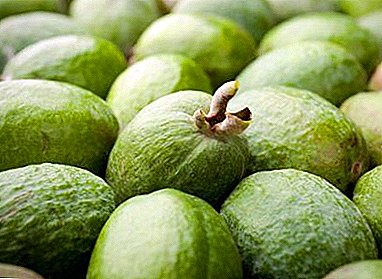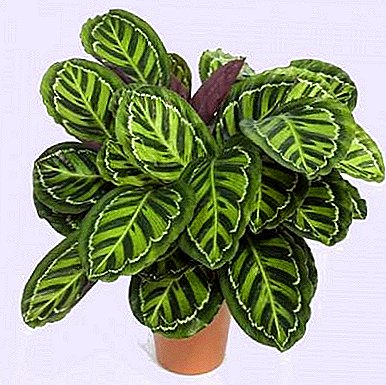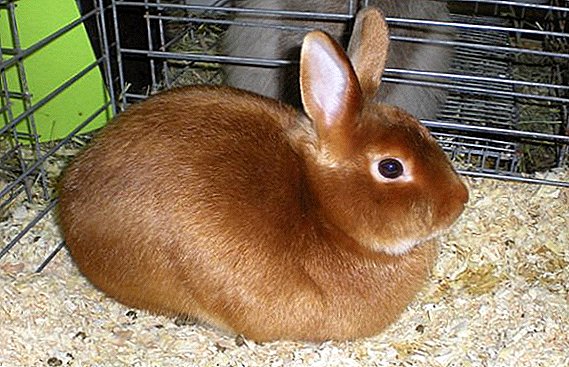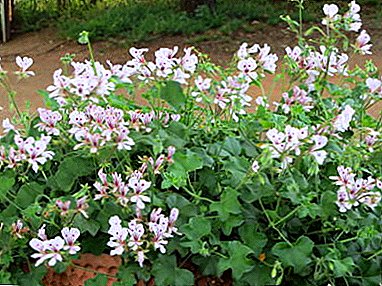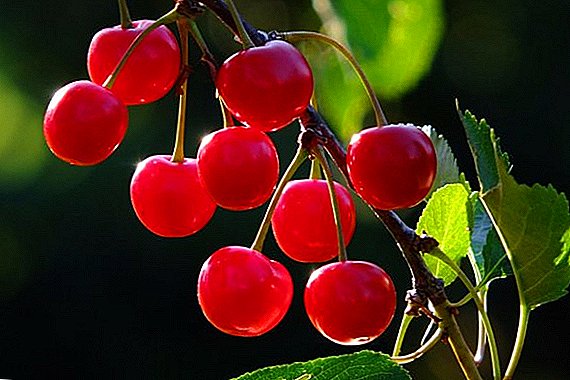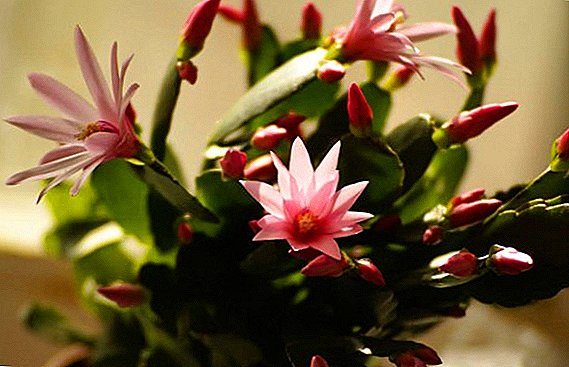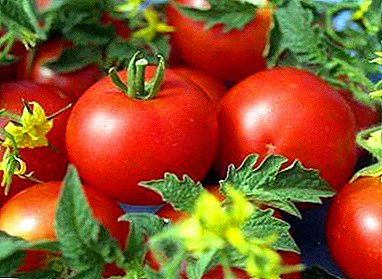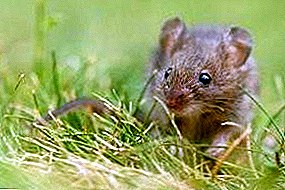
Despite the tiny size, voles can lead to serious losses cereal harvests, cause death and disease of trees.
They win in the fight with a man not by size, but by the multiplicity of their ranks.
Underground vole
Appearance: a compact body with a maximum length of 10.5 cm, a tail of small length - only the distance from the tip of the nose to the base of the tail of the animal.
The back is dark gray, the sides are lighter, the abdomen is of a smooth gray color. The tail color is brown-gray above and gray-white below.
Spread: european part of Russia. Prefers deciduous forests with abundant thickets of bushes.
Nutrition: bulbs, rhizomes, insects, acorns, nuts.
Breeding: up to four generations per year, in a litter of 4-6 cubs.
Features: Eyes and ears are smaller than most members of the genus, females have only 4 nipples, 5 soft pads on their hind legs, settling holes with numerous passages.
Possible harm to farmers: with a small crop of acorns, voles can leave wild boars and bears without a significant amount of habitual food, which can push the latter to ruin agricultural fields.
In lean years, may pose a threat to the content of grain and vegetable stores.
Brazilian (Acodone)
 Appearance: length up to 12 cm, gray fur with white or brown undercoat, long tail.
Appearance: length up to 12 cm, gray fur with white or brown undercoat, long tail.
Spread: South America.
Nutrition: plants (depending on the type of food they eat tops and / or roots).
Breeding: twice a year litters of 4-5 cubs.
Features: the most common species among small rodents in South America.
Possible harm to farmers: destruction of seedlings on agricultural crops, damage to winter stocks not subjected to heat treatment.
Dark
Appearance: the head is rounded, the body is compact, the tail is 1/3 of the body length, the color is rich gray, the ears are small, the pads on the hind legs are elongated.
Spread: European part of Russia, Siberia (western, middle regions), prefers meadows, river floodplains, edges, glades, on uncultivated areas of vegetable gardens, land plots.
Nutrition: young grass, bark, shoots, sometimes insects.
Breeding: sexual maturity occurs upon reaching the month / two, in the litter of 6 pups (sometimes 15), in a year up to three offspring.
Features: live, united by several broods from one pair.
Possible harm to farmers: gnawing on the bark, can cause the death of young trees, reaching the stocks, not only partially destroy them, but also reduce keeping quality damaged vegetables, which can lead to the appearance of a nidus of rot.
Narrow cranial
 Appearance: the body is much larger than the small head, the ears are hidden in the gray-brown fur. Color light inclusions of fur from ocher to dark brown. The tail is long, body length - up to 125 mm.
Appearance: the body is much larger than the small head, the ears are hidden in the gray-brown fur. Color light inclusions of fur from ocher to dark brown. The tail is long, body length - up to 125 mm.
Spread: open areas of mountainous areas, alpine meadows, Kazakhstan, central Mongolia, Bashkiria, southern regions of China, western Ural region, Amur region, Tien Shan region.
Nutrition: sedge, broadleaf grasses, legumes, young shoots, bark of young trees.
Breeding: up to five litters with 5-7 cubs.
Features: they are able to search for food on their own for 10 days of life, preparing for winter, make bulk reserves.
Possible harm to farmers: a vole can ruin fields with grain for its own reserves, damage gardens.
Flat-skull
Appearance: Ears well noticeable, mustache long, hairy tail too. Overall size - up to 125 mm. The skull is flat, its width is twice the height.
The interorbital region is depressed. The fur is long, ash gray with a brownish tint. The belly is lighter. Tail monochrome, yellowish or white.
Spread: prefers to settle in the coastal zone of rivers, in the marshland. Found in the Altai, in the Kazakh Highlands, in Mongolia.
Nutrition: green parts of herbaceous, shrubby plants.
Breeding: up to three litters per year with 5-7 calves.
Features: movable (can jump overcome up to 50 cm at a time, rising at the same time by 40 cm above the ground level), makes up to 10 kg of reserves in the hole; being placed on a rocky site, can begin to fill up the cracks with pebbles, fixing them with droppings.
Possible harm to farmers: vole may encroach on green shoots if winter stocks are scarce.
A photo
Then you can see the Brazilian, dark, narrow-skull, flat-skull and underground vole in the photo:





Ways to fight and protect
AT industrial scale on the ground with rodents fighting:
- burning stubble after harvest,
- pesticide treatment of fields,
- harrowing the land and adjacent plots.
In storage places grain stocks, fruits use:
- traps, ultrasonic scarers,
- state of natural enemies (cats, weasels).
IMPORTANT! Attracting cats to the protection of stocks, do not use poison for rodent control.
Indirect methods:
- the desire to attract birds of prey to nest near the agricultural land.
Voles, like house mice, are cute creatures that can not only significantly spoil food stocks, but also be carriers of dangerous, severe infections.
Therefore, for farmers, the task of restraining the growth of the number of rodents should be included in the category of mandatory.


